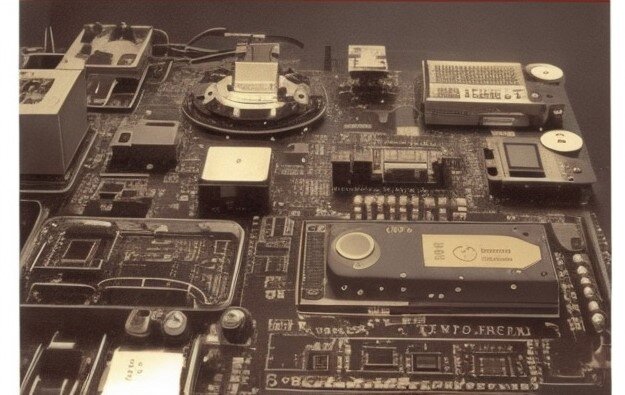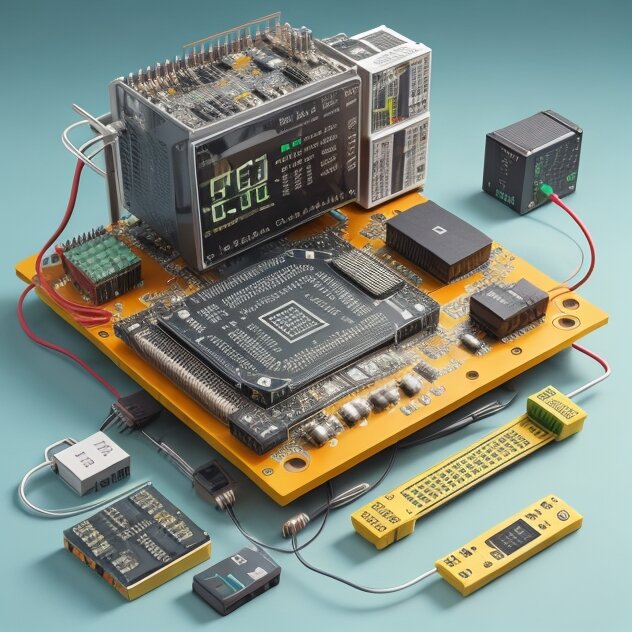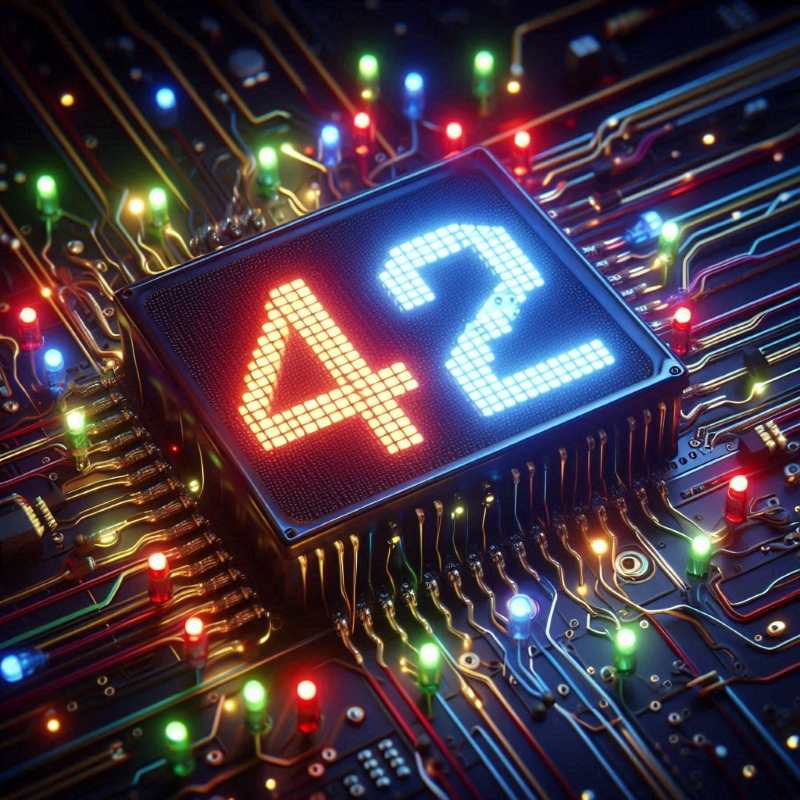In the realm of electronics, mathematics is an indispensable force that fuels innovation and propels progress. Often underestimated, the Mathematics of Electronics serves as the universal language enabling engineers and scientists to meticulously design, analyze, and optimize electronic devices and systems. In this article, we embark on a journey to explore the pivotal role of mathematics in electronics. We will delve into its myriad applications, its profound significance in comprehending electronic circuits, and how it empowers us to unleash the full potential of electronic technology.
Table of Contents
1. Fundamentals of the Mathematics of Electronics

- Algebra and Calculus: The Cornerstones
At the core of the Mathematics of Electronics lie algebra and calculus. Algebra facilitates the manipulation of variables, equation solving, and understanding relationships within electronic circuits. Calculus equips us with tools to describe and analyze changes in electronic signals over time. - Ohm’s Law: The Essential Equation
Ohm’s Law, expressed as V = IR, forms the bedrock of electronics. It establishes the relationship between voltage (V), current (I), and resistance (R) in a circuit, enabling engineers to govern the flow of electricity and engineer circuits for precise purposes.
2. Algebra and Calculus

- Complex Numbers: Managing Phases and Alternating Current
In numerous electronic systems, particularly those involving alternating current (AC), complex numbers are pivotal. Complex numbers encompass real and imaginary components, serving as a vital tool for describing phase relationships and impedance in AC circuits. This mathematical framework enables engineers to analyze and optimize electronic systems dealing with dynamic voltage and current fluctuations. - Digital Electronics: Navigating the Binary Realm
In the domain of digital electronics, all phenomena are distilled into binary code—comprising 0s and 1s. Boolean algebra, a mathematical branch, empowers engineers to design logic gates and fashion digital circuits for applications such as data processing, memory storage, and communication. - Fourier Analysis: Transmuting Signals
Electronics frequently entails the handling of signals that oscillate over time, including audio, video, and radio signals. Fourier analysis, a mathematical technique, decomposes complex signals into their constituent frequencies. This proves indispensable for tasks such as signal processing, modulation, and demodulation in communication systems. - Matrix Algebra: Mastering Control and Optimization
For advanced applications, like control systems and optimization, matrix algebra comes to the fore. Engineers utilize matrices to represent and manipulate data in multifaceted electronic systems. This mathematical tool facilitates the design of controllers that ensure stability, performance, and efficiency across various electronic systems.

3. Real-World Applications
- Electronics Design and Circuit Analysis
The Mathematics of Electronics is pivotal in designing electronic circuits. Engineers employ mathematical models to simulate and optimize circuits before physical implementation, saving invaluable time and resources. - Signal Processing and Communications
Within telecommunications and signal processing, mathematics plays a central role in encoding, decoding, and transmitting information with utmost efficiency and precision. - Control Systems
In industries spanning aerospace, automotive, and manufacturing, control systems harness mathematics to regulate processes, guaranteeing precision and consistency.
Conclusion: The Power of Mathematics in Electronics
The Mathematics of Electronics transcends theory, becoming a practical imperative. It empowers engineers and scientists to craft pioneering devices, resolve intricate challenges, and drive technological innovation. As our world grows increasingly reliant on electronics, comprehending and valuing the role of mathematics in this arena is more pivotal than ever.
The next time you interact with your smartphone, connect to the internet, or indulge in any electronic marvel, take a moment to appreciate the intricate mathematical tapestry underpinning its functionality. It is the elegance and depth of the Mathematics of Electronics that enable us to bring to life electronic marvels enriching our lives and propelling innovation into the future.





